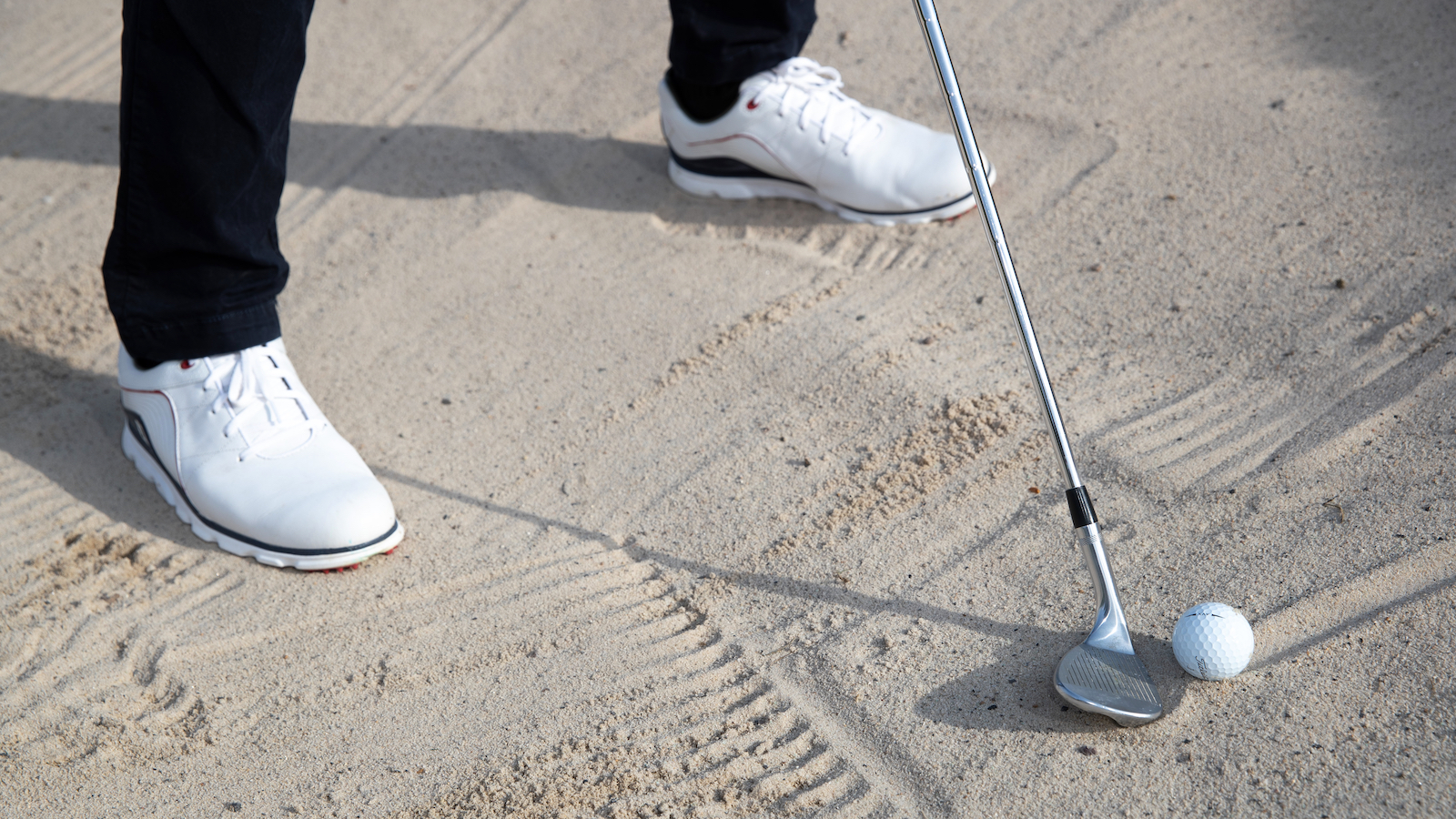
When the major 2019 Rules revisions came in, some of the Rules regarding bunkers and penalty areas (formerly ‘water hazards’) were relaxed to varying degrees, but not in precisely the same ways. For example, you may now remove loose impediments from both bunkers and penalty areas - a major change from the pre-2019 Rules - as long as you don’t cause your ball to move in the process. But when it comes to grounding your club, the answer differs between bunkers and penalty areas.
First, what do the Rules mean by “grounding the club”? You need to turn to Rule 8.1b for the answer. This covers actions that are allowed in preparing to make a stroke. Rule 8.1b(4) says you may…
Ground the club lightly right in front of or right behind the ball. “Ground the club lightly” means allowing the weight of the club to be supported by the grass, soil, sand or other material on or above the ground surface.
But this does not allow:
• Pressing the club on the ground, or
• When a ball is in a bunker, touching the sand right in front of or right behind the ball (see Rule 12.2b(1)).
Previously you couldn’t touch the ground or water with your club or hand in a water hazard (now penalty area) and you certainly couldn’t take a practice swing that touched the ground. Now you can, just as you can elsewhere in the general area of the golf course.
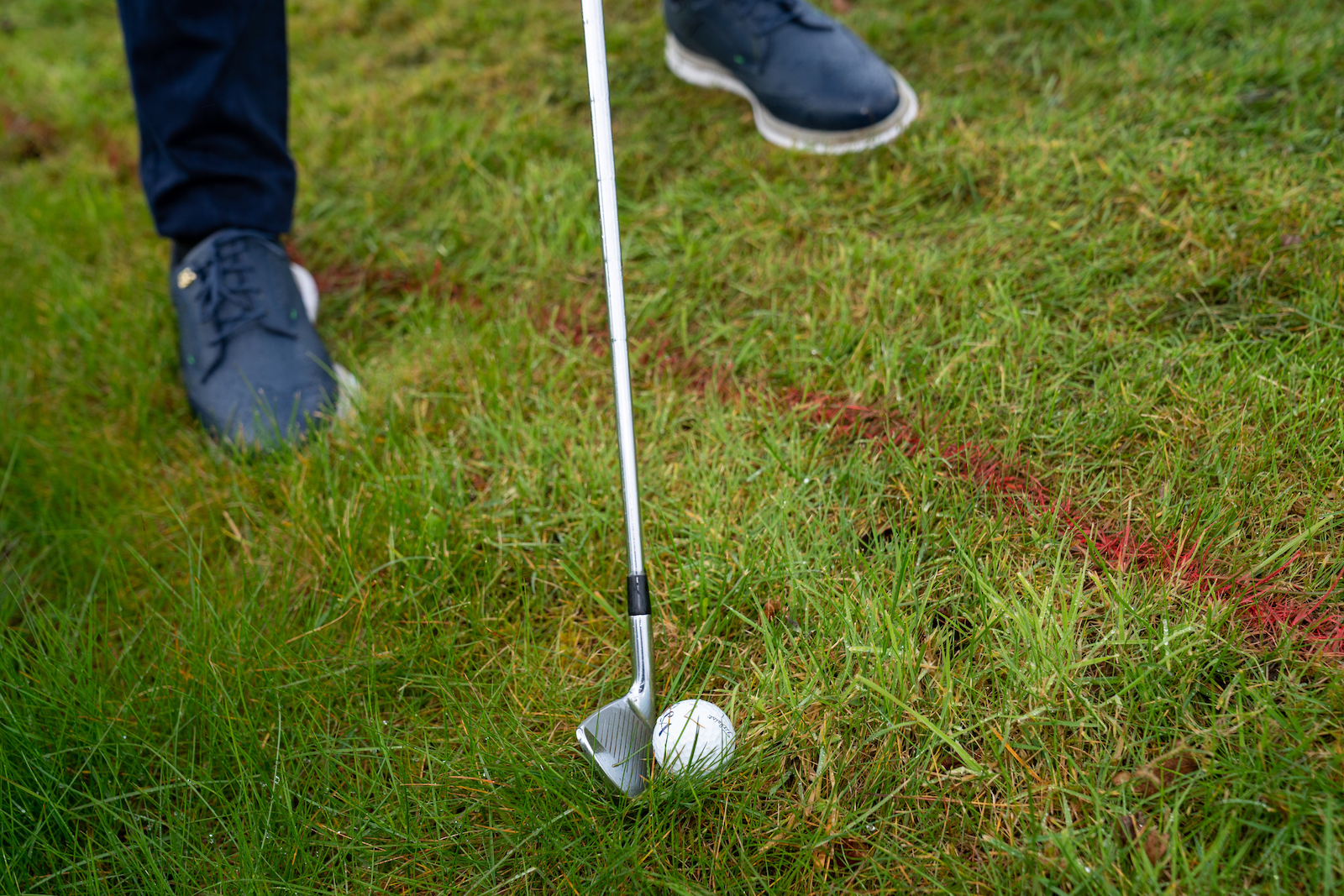
However, as the above Rule indicates, when it comes to bunkers, you still can’t touch the sand with your club right in front of or behind your ball before playing. Neither can you make practice swings that touch the sand in the bunker in which your ball is lying before playing nor touch the sand with your club on your backswing. The penalty would be the general penalty under Rule 12.2.
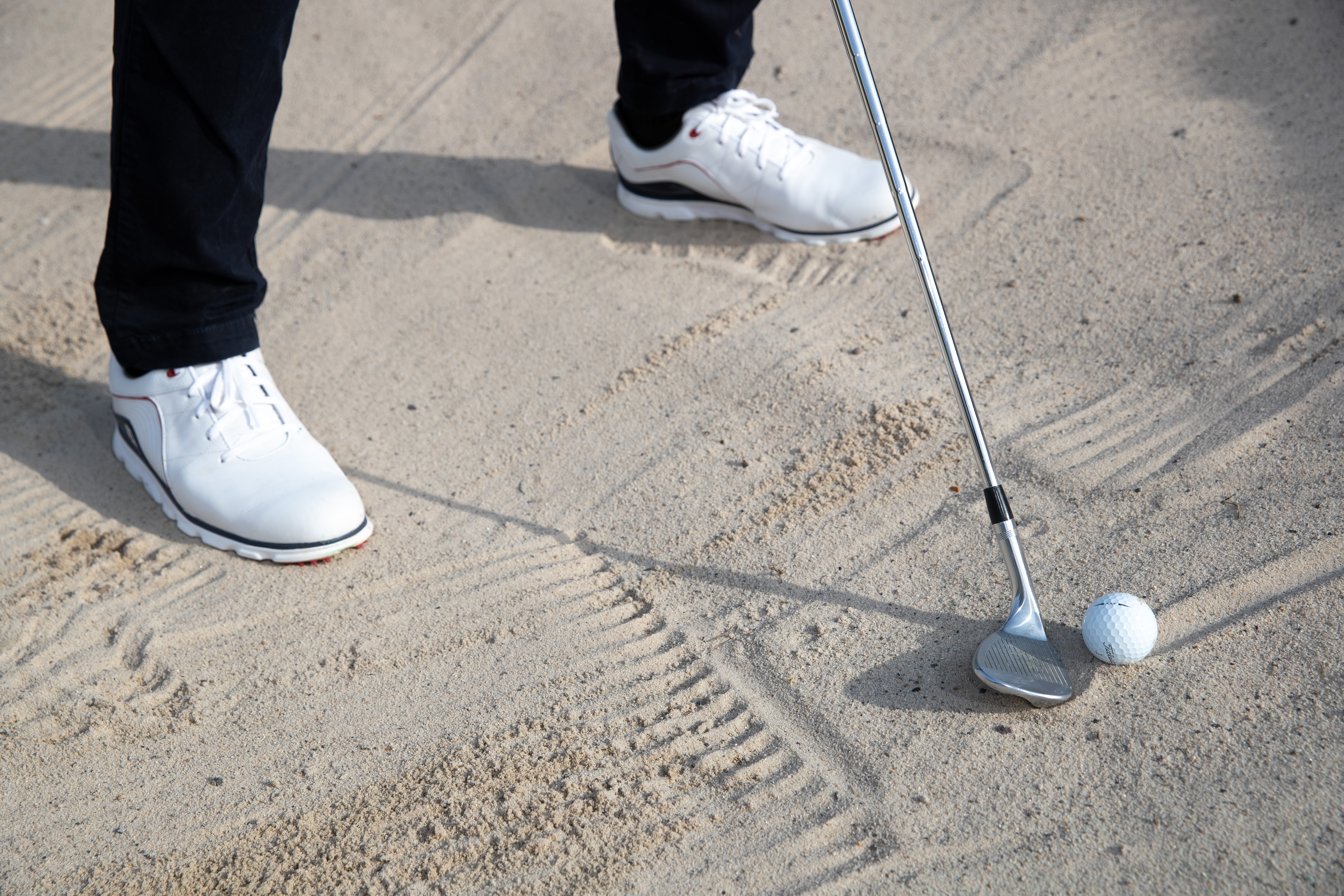
Interestingly, though, you may now take practice swings that touch the sand in any bunker other than the one in which your ball is lying (as long as you don’t unreasonably delay play), even a different bunker right beside the one in which your ball is lying.
Going back to penalty areas, what you can’t do, of course, is cause your ball to move as a result of grounding your club. That will still attract a one-stroke penalty under Rule 9.4b. You must then also replace the ball where it was lying before playing. So, always take great care around your ball in a penalty area (and, indeed, elsewhere!) when the lie is looking a little precarious to avoid an unnecessary penalty for causing your ball at rest to move when grounding your club, taking a practice swing or removing a loose impediment.
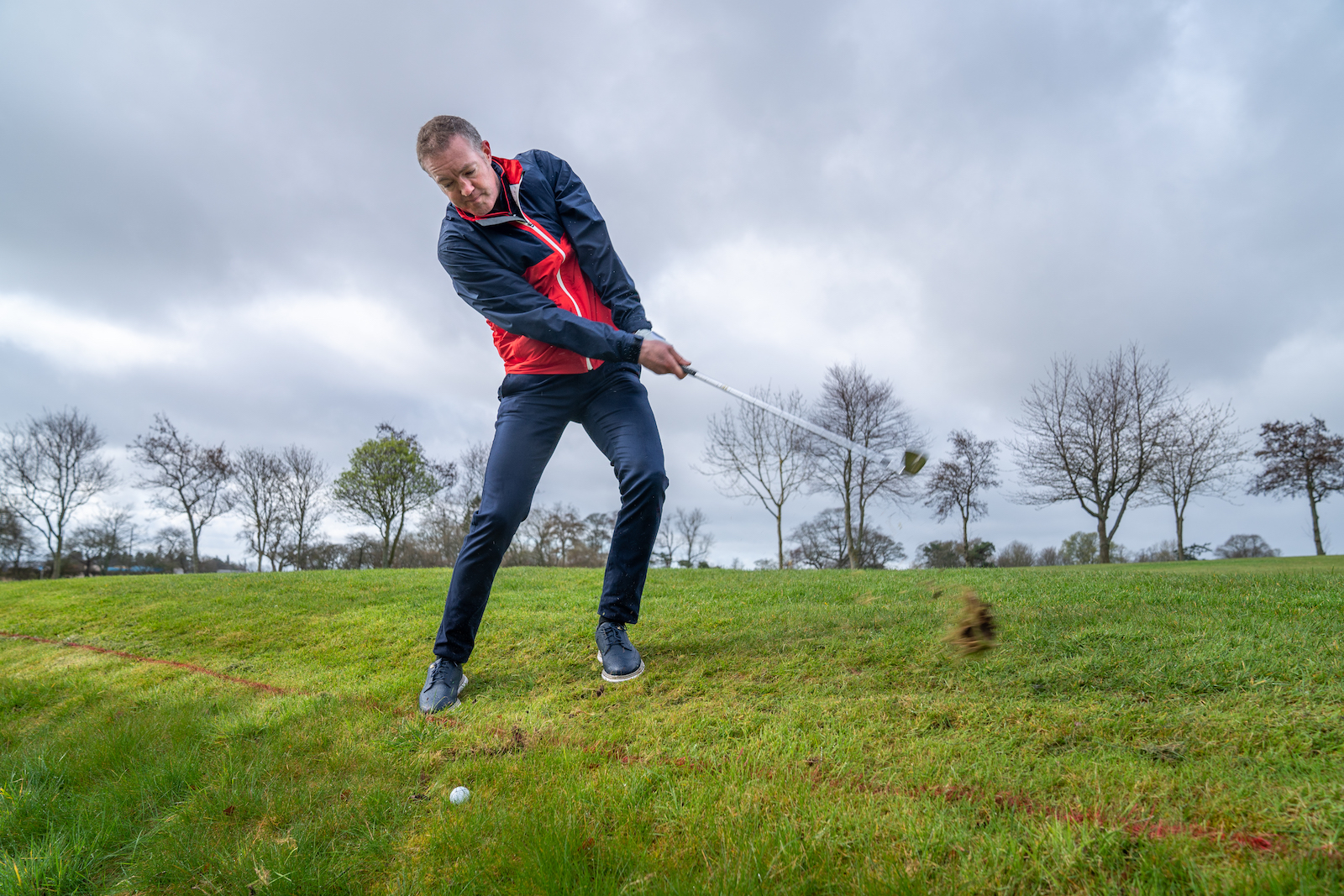
Just as elsewhere in the general area, it’s worth reiterating that you can’t do anything that might be deemed to be improving the conditions affecting your stroke – for example, pressing long grass down right behind your ball in direct breach of Rule 8.1b(4) as mentioned above. For the full list of prohibited actions, see Rule 8.1a.
Finally, the Rules do also adopt a common sense approach with regard to bunkers, so while you may not ground the club in preparing for your shot, there would be no penalty for a club touching the sand when:
* Smoothing the bunker to care for the course
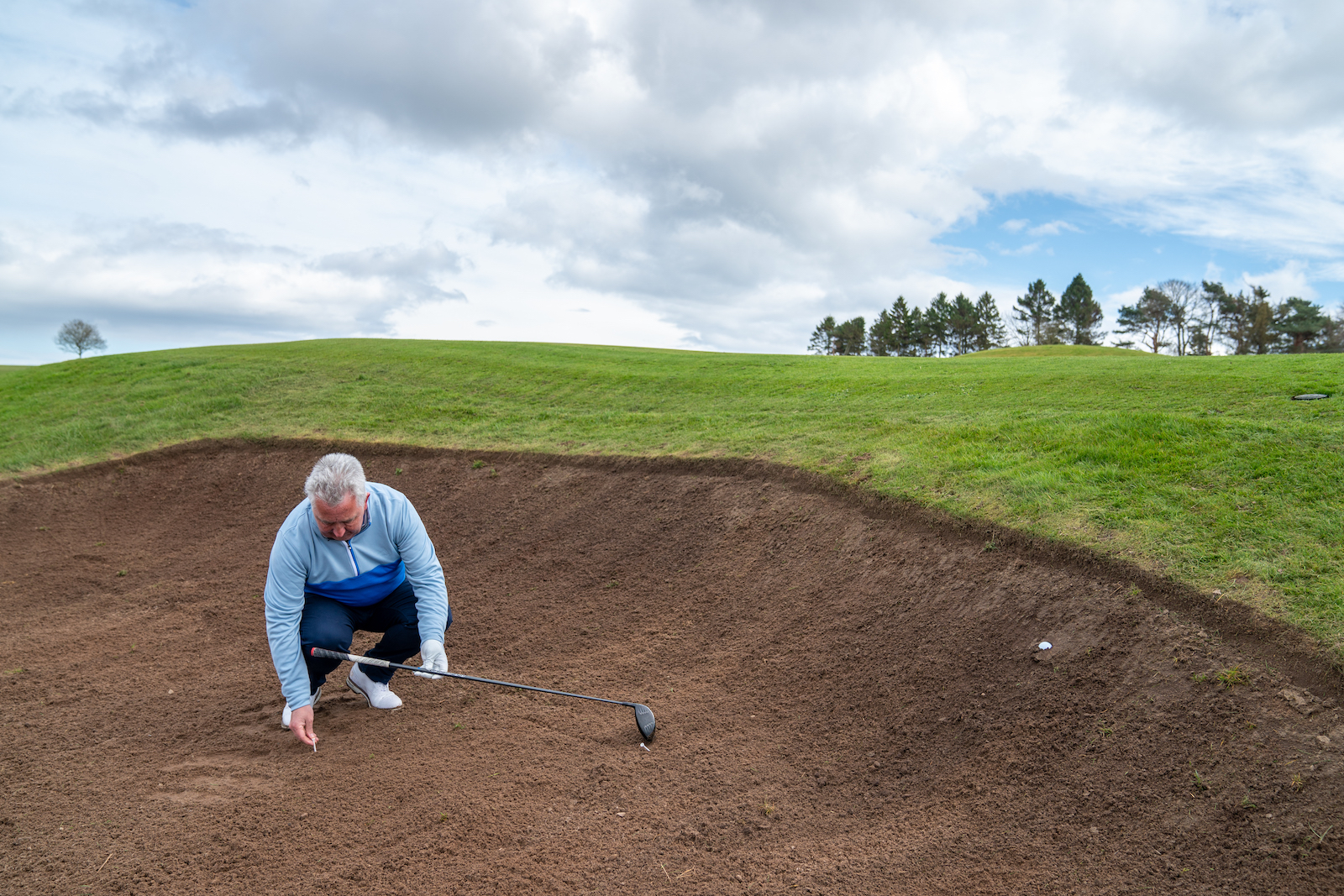
* Placing clubs in the bunker (whether by throwing or setting them down)
* Measuring, marking, lifting, replacing or taking other actions under a Rule
* Leaning on a club to rest, stay balanced or prevent a fall.
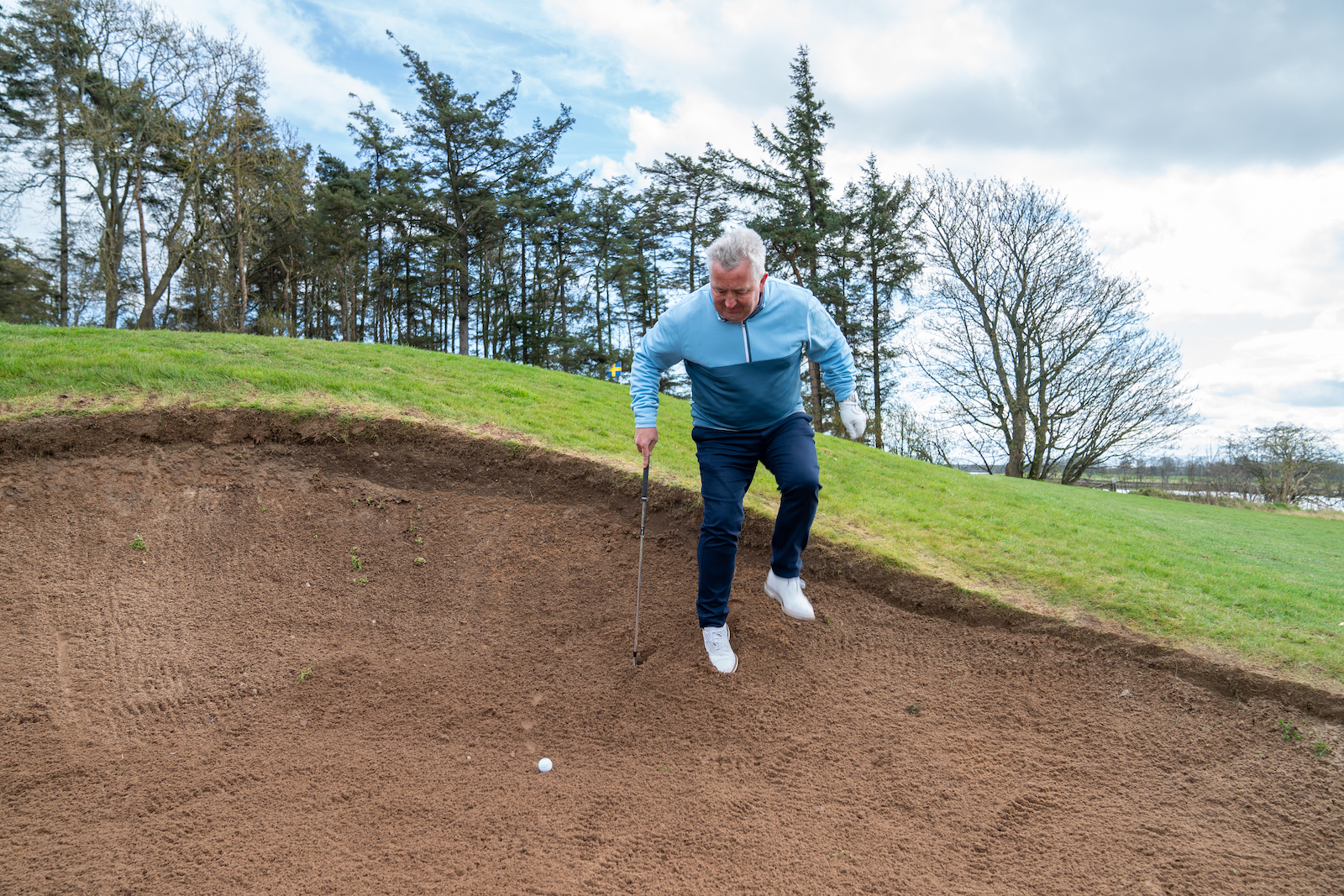
See Rule 12.2b(2) for the full details.







